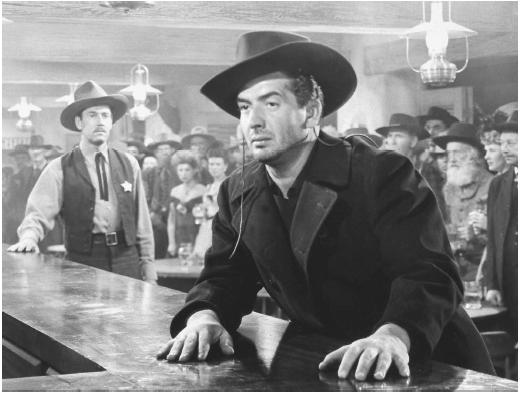
For this blog entry, I chose to watch a foreign documentary titled
The Story of the Weeping Camel by
Byambasuren Davaa and cowritten with
Luigi Falorni. The movie is originally Mongolian but has several different subtitles to pick from. Though this movie was directed by
Davaa, the film's main cinematographer is
Falorni.
I was very impressed with the wonderful job
Falorni did filming with just a handheld and Stedi-Cam. I did not initially know this until I read an article on
Falorni about what equipment and techniques he used in this film. It demonstrates how you can make a great film from something so simple and affordable. Something that I had noticed since the beginning of the film is that
Falorni made the takes no shorter than 10 or 20 seconds usually. I personally thought that
Falorni did a great job with having longer takes since the movie was done in that nature of filming. This way of filming also adds constrast to the story in a positive way.
Another unique way of adding realism to the story was having all diegetic sounds.
Falorni did this since he pictured the movie as being a documentary, and it was in his best interest to have all diegetic sounds utilized in the film. This technique added realism along with the long takes in the film.
In another article that I read, it said that
Falorni wanted to shoot the movie in a way that would display "a story of salvation." I personally thought that was interesting because even though there was hardly any talking in the movie, you could still relate to the story of salvation through the images alone. In my opinion, that is what makes this movie so well done; the cinematography speaks for itself.
With this movie being a narrative documentary, all of the story was done withrestricted narration. Though some parts of the movie have different points of view,
Falorni still wanted restricted narration done.
Though most of the movie was done with either handheld or Stedi-Cam, I personally felt
Falorni did a remarkable job in capturing the organic realism behind the story. If this movie was done on expensive equipment, it would not add any extra dimension to the overall meaning behind this story. This is what separates
Falorni from so many other directors in my opinion.
Overall I thought that this film was very well done for being a foreign film and for being filmed in the location where it was. It was through
Falorni's unique way of capturing images on the camera that truly separated this film from so many other films that I have seen. I personally recommend this movie to anyone who has the time to view it.
 I personally thought the director of this movie, Howard Hawks, did a great job with the overall photography this movie needed, to be considered a romantic comedy. With this movie being produced in 1938, theres no question that this movie's photography was nothing less than marveled about. I also thought that Hawks did a great job at showing contrast between the characters, though his way of photography so the audience can better understand everything that is going on. Without this movie's sense of photography, theres no doubt this movie would have been as susessful as it was, for it's time.
I personally thought the director of this movie, Howard Hawks, did a great job with the overall photography this movie needed, to be considered a romantic comedy. With this movie being produced in 1938, theres no question that this movie's photography was nothing less than marveled about. I also thought that Hawks did a great job at showing contrast between the characters, though his way of photography so the audience can better understand everything that is going on. Without this movie's sense of photography, theres no doubt this movie would have been as susessful as it was, for it's time.

